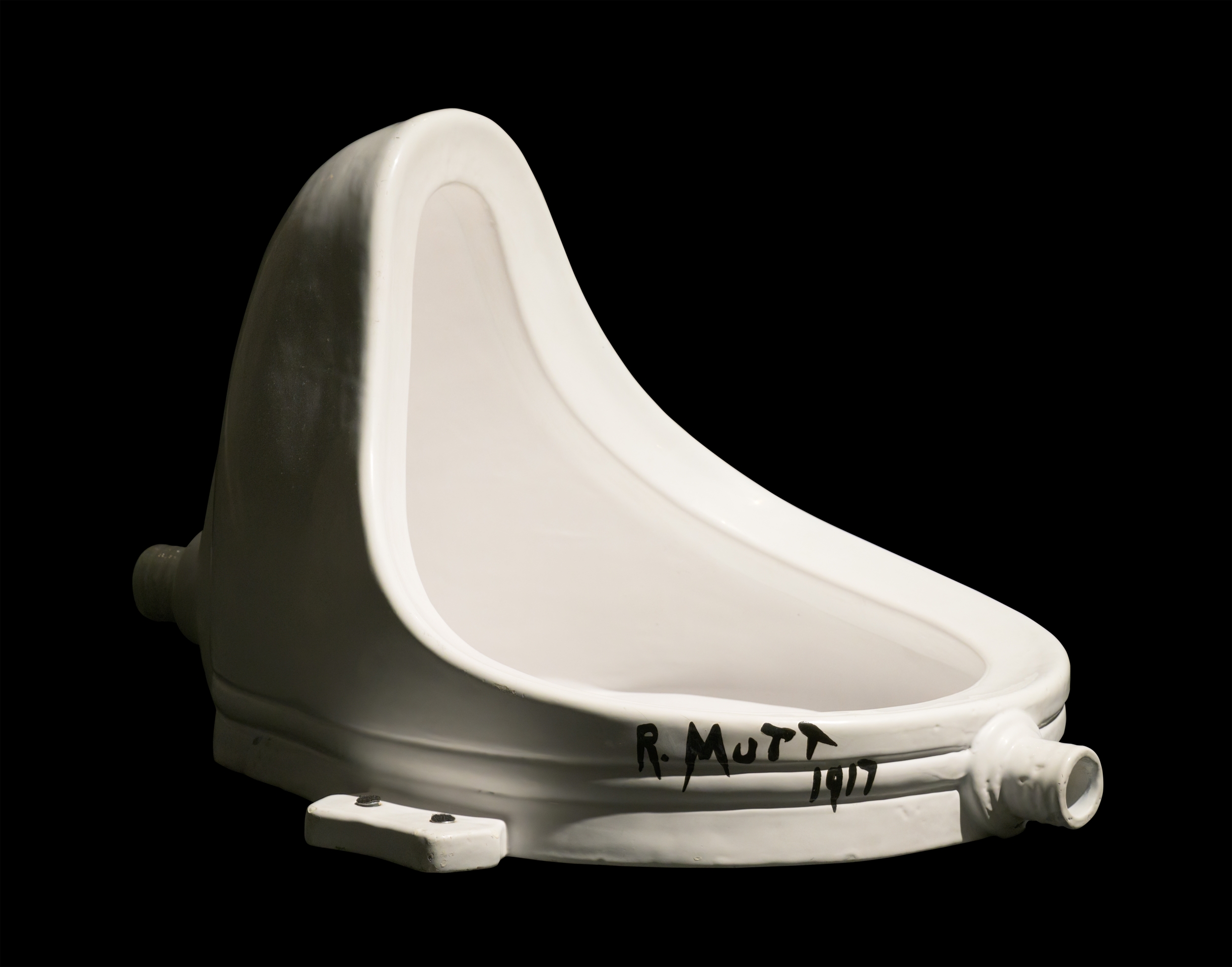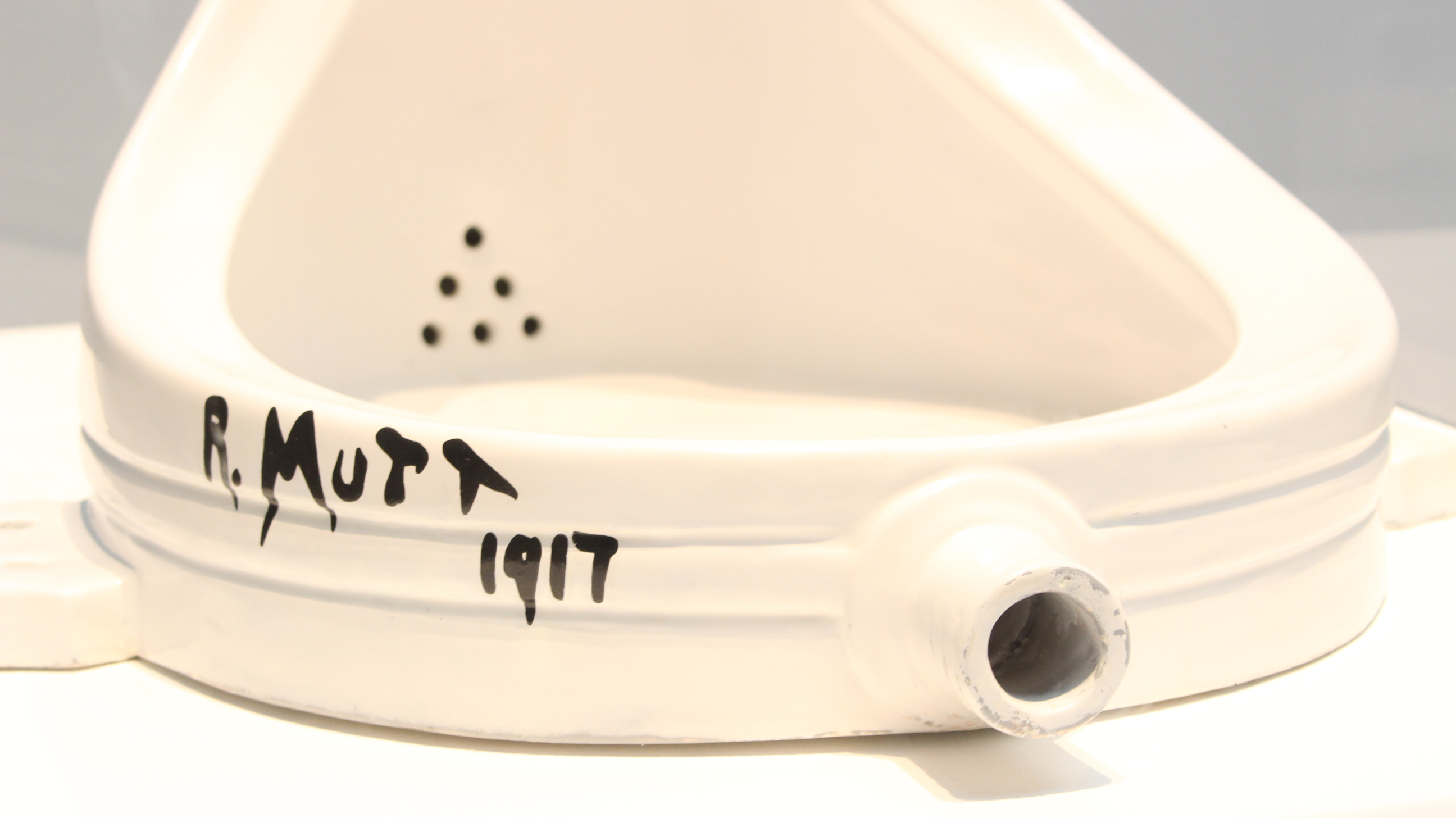Readymade: Marcel Duchamp's Artistic Rebellion
The world of art is filled with masterpieces that leave us in awe of the artist's skill and creativity. Yet, there's one artistic movement that challenges the very definition of art – the readymade. Coined by the enigmatic French artist Marcel Duchamp, the concept of the readymade is a delightful twist in the tale of art history.
Duchamp's Daring Debut
Marcel Duchamp's foray into the world of readymades began with Bicycle Wheel in 1913, a simple wheel mounted on a wooden stool. It was a departure from the traditional, a statement that art could be born from the mundane. He followed this with In Advance of the Broken Arm in 1915, a snow shovel with a clever twist – an inscription that gave it a whole new identity.
But it was in 1917, in the heart of New York, that Duchamp unleashed his most infamous readymade upon the world – "Fountain." It was, quite literally, a urinal laid on its back, signed by the artist under a pseudonym. It was a rebellion against the conventional, a stark declaration that art could be provocative and even unsettling.
The Ordinary in Extraordinary Garb
What's fascinating about Duchamp's choice of readymades is that they were intentionally ordinary and unremarkable objects. He famously said that his selection was driven by "visual indifference" and a "total absence of good or bad taste." Duchamp wanted to challenge the very essence of art, and he succeeded brilliantly.
The theory behind the readymade was laid bare in a 1917 editorial in The Blind Man, an avant-garde magazine co-run by Duchamp and his friends. It revealed that the act of choosing the object itself was a creative endeavor. By stripping away the object's 'useful' function, it transformed into art. The presentation in a gallery, coupled with a new title, breathed life and new meaning into the object. Duchamp's readymades conveyed a profound message – the artist defines what is art.

The Domino Effect
Duchamp's readymades initiated a shift in the art world from the artist as a maker to the artist as a chooser. It was a cornerstone of the burgeoning conceptual art movement, where the very definition of art was thrown into the crucible of debate. The readymade was not just an assault on art's status quo; it was a bombshell.
Interestingly, the term "readymade" itself was a choice that Duchamp made. It was a word plucked from the language of the time, used to describe manufactured objects rather than handmade ones.
The Legacy Lives On
The readymade, Marcel Duchamp's brainchild, may have raised eyebrows and rattled the art world, but its legacy endures. Artists like Damien Hirst, Michael Landy, and Tracey Emin have carried the Duchampian torch, creating art from everyday objects. Duchamp's audacious spirit lives on in the realm of contemporary art, where the boundaries of creativity are constantly being pushed.
In a world that often prizes complexity, the readymade invites us to see the beauty in simplicity, the profound in the banal. It's a wink from the art world, a reminder that the artist's mind can redefine reality.
So, the next time you stumble upon a urinal in a gallery, don't dismiss it as mere plumbing; recognize it as a bold statement on art's boundless possibilities. Duchamp and his readymades have left an indelible mark, forever challenging us to see the extraordinary in the ordinary.
In the end, the readymade is a paradox – it's art created by not creating, a masterpiece born from the rejection of tradition. It's a testament to Duchamp's audacity and the enduring power of art to provoke, challenge, and inspire.

